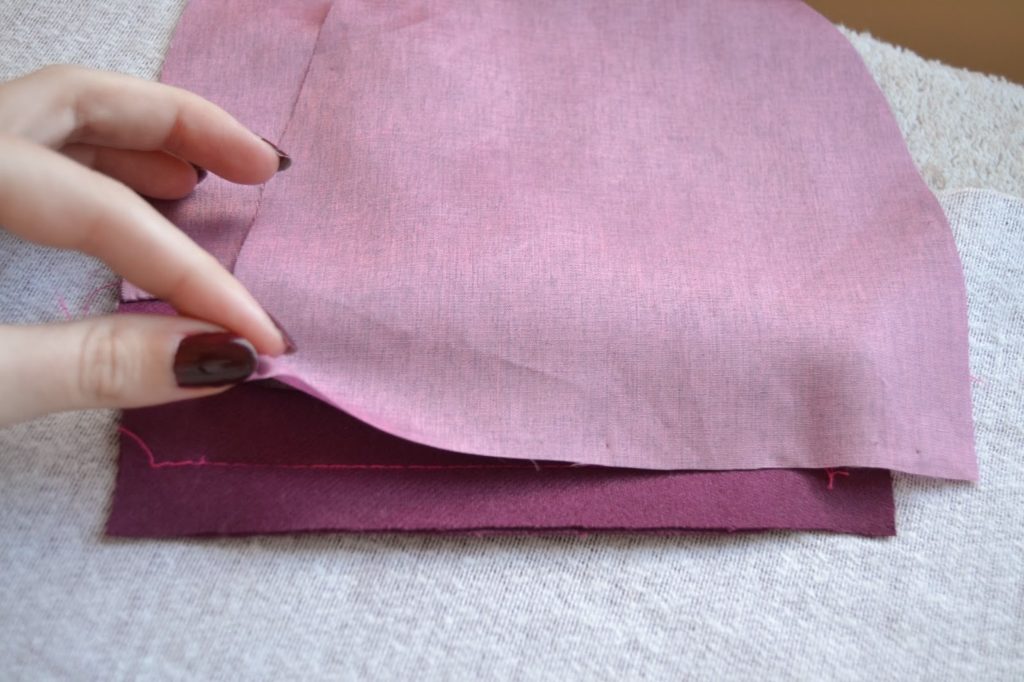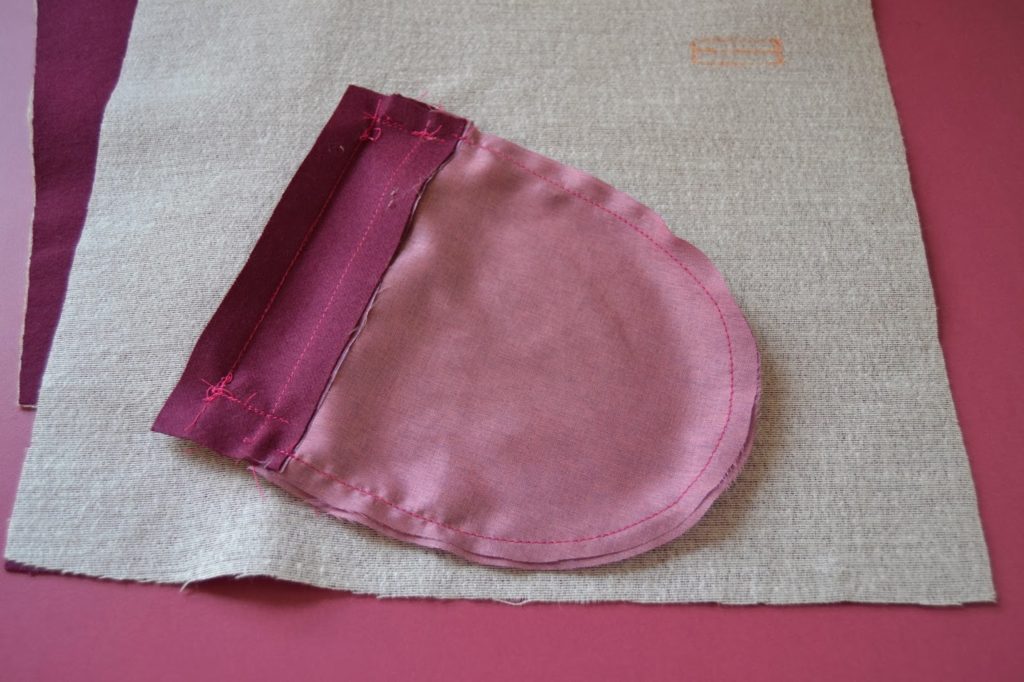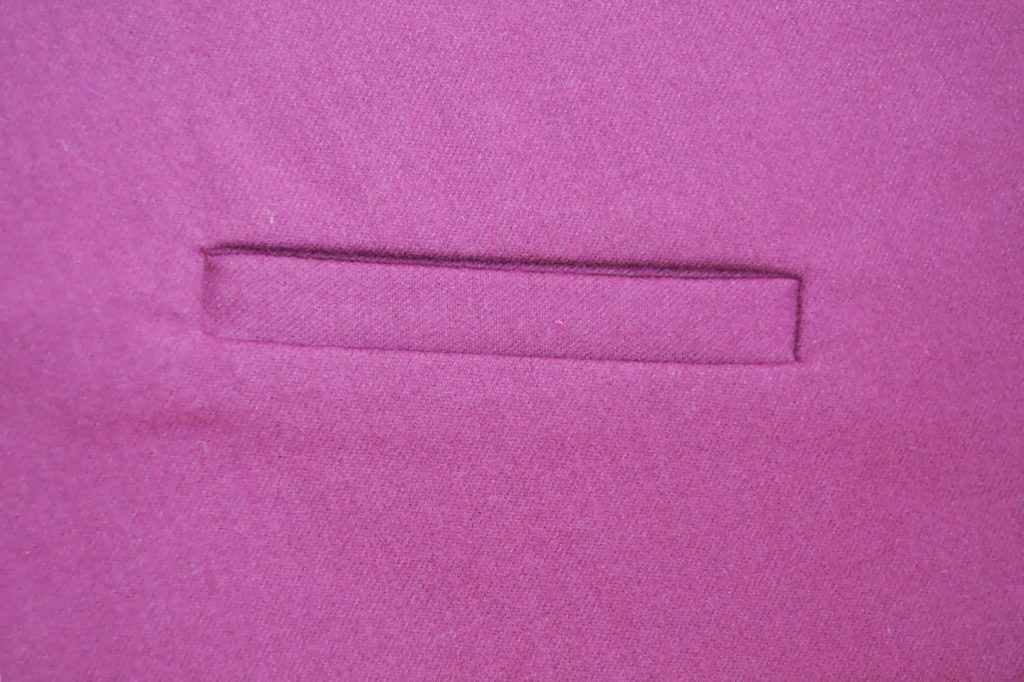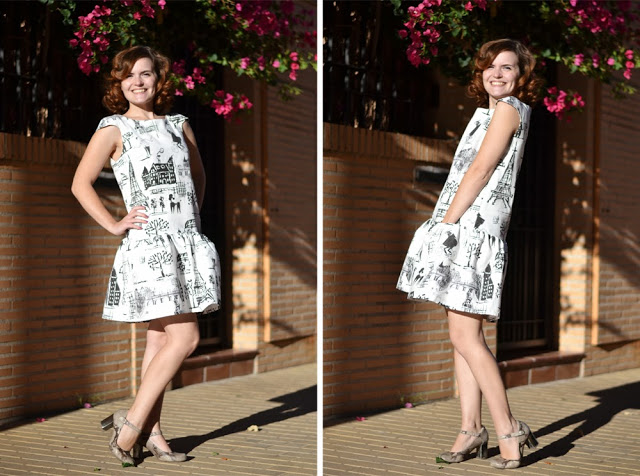
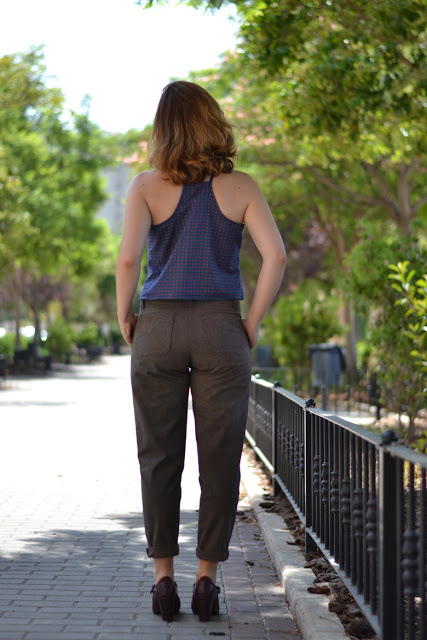
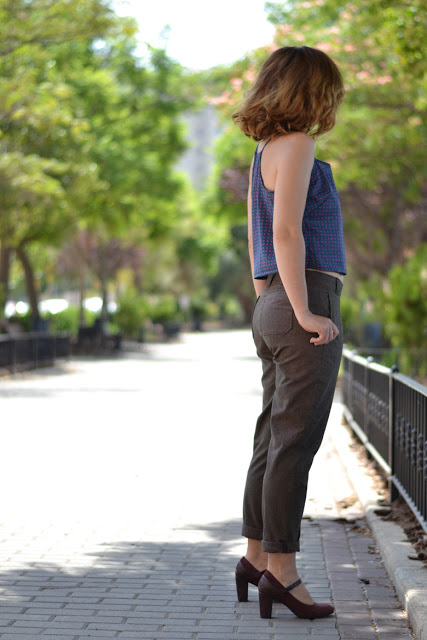

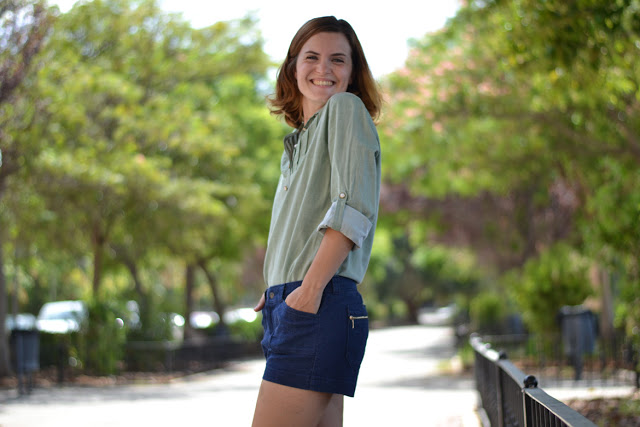

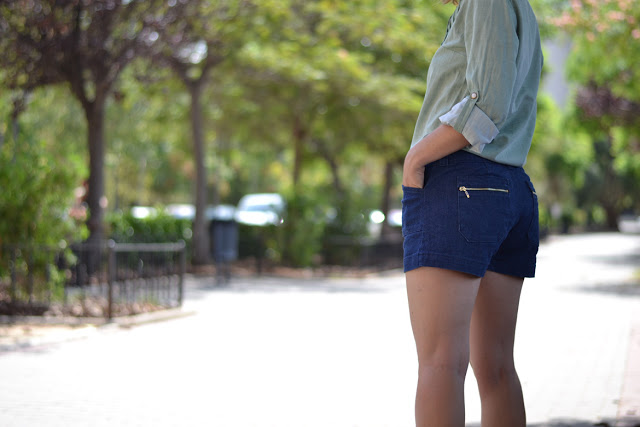
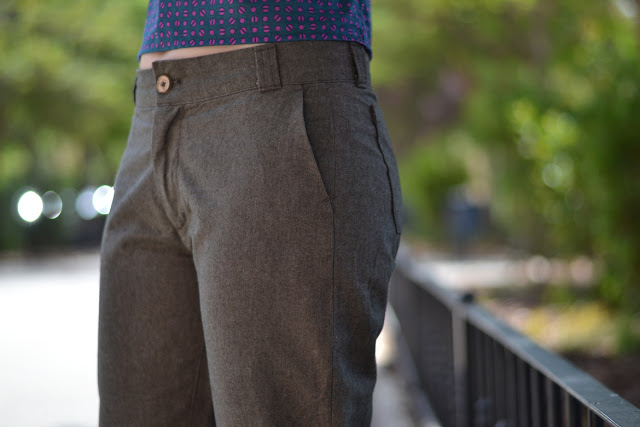
View A: gabardine from Cousette (worn with a Bailén top in rayon from Cousette)
View B: denim from Julían López (worn with a Carme blouse)











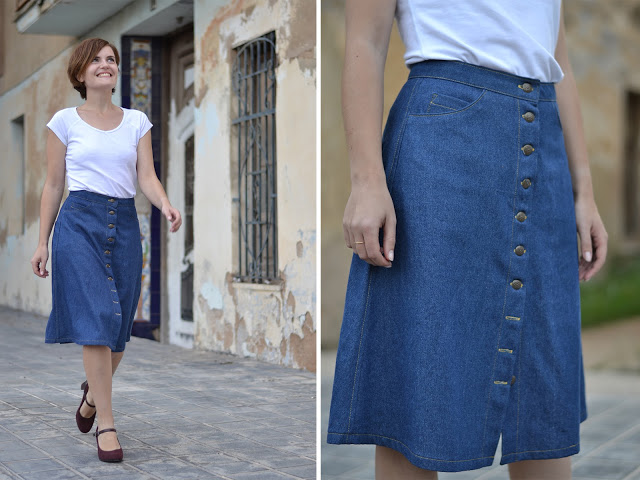 |
| Midi version, pockets A – denim Tejidos Dolz |
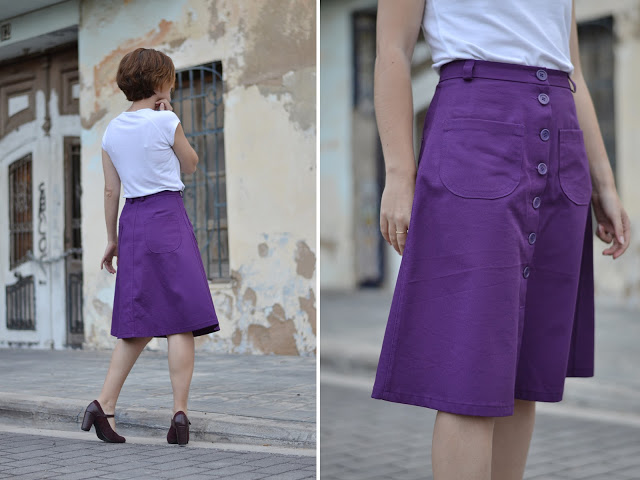 |
| Midi version, pockets B – gabardine Cousette |
The Rosarí skirt is easy to make and even more to wear. It buttons on the front and the shaped waistband has belt loops. Choose medium weight fabrics such as gabardine, denim, linen, corduroy, suede and you’ll be able to wear it all year round.
I hope you’ll like this new pattern, I can’t wait to see what version you’ll make. You’ll find the new ROSARÍ skirt in the shop.
 Here are the pieces involded in the pocket construction:
Here are the pieces involded in the pocket construction: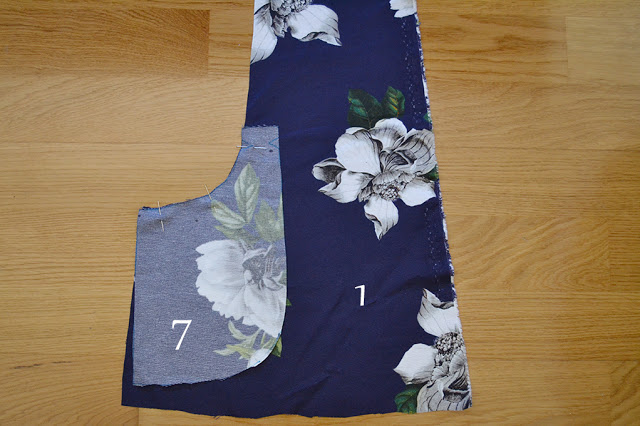 1. With right sides together, pin the pocket (7) to the front (1), matching the marks.
1. With right sides together, pin the pocket (7) to the front (1), matching the marks. 2. Stitch along the pocket curve. Notch the seam allowances. Clip the seam allowances at the top mark.
2. Stitch along the pocket curve. Notch the seam allowances. Clip the seam allowances at the top mark.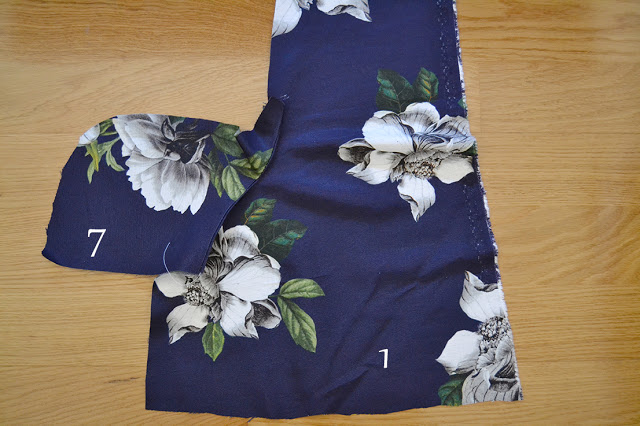 3. Press the pocket seam flat (you can understitch the seam allowance if you want). Open the pocket like on the picture.
3. Press the pocket seam flat (you can understitch the seam allowance if you want). Open the pocket like on the picture.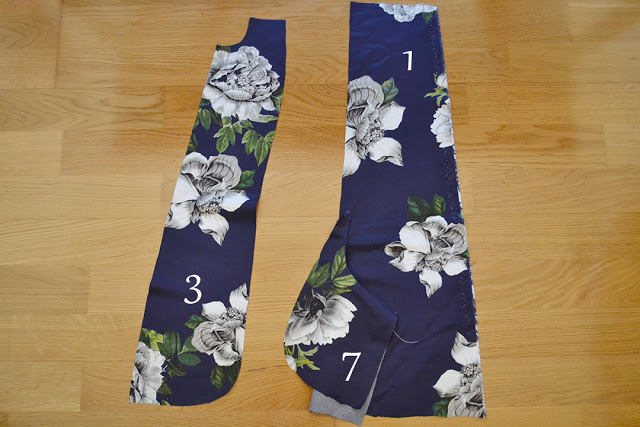
 4. We are going to stitch the side front (3) to the front/pocket piece. With right sides together, pin the side front (3) to the front/pocket. Start pinning from the top, side front to front and when you reach the pocket, continue to pin to the pocket curve as if it was one unique piece, matching the marks. Stitch.
4. We are going to stitch the side front (3) to the front/pocket piece. With right sides together, pin the side front (3) to the front/pocket. Start pinning from the top, side front to front and when you reach the pocket, continue to pin to the pocket curve as if it was one unique piece, matching the marks. Stitch.
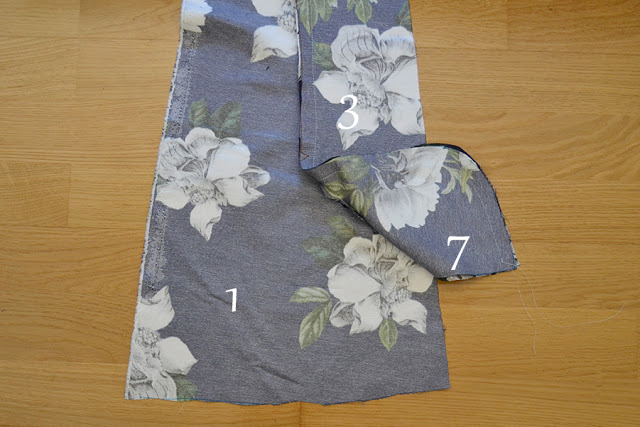 5. Place the pocket inside and press the pocket opening flat and the seam allowances toward the front. Trim and finish them.I hope this will help you. It’s a difficult step to photograph but if you make a pratice pocket before sewing your Xerea, I’m sure it will be easier to understand.
5. Place the pocket inside and press the pocket opening flat and the seam allowances toward the front. Trim and finish them.I hope this will help you. It’s a difficult step to photograph but if you make a pratice pocket before sewing your Xerea, I’m sure it will be easier to understand.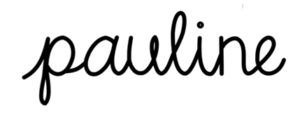
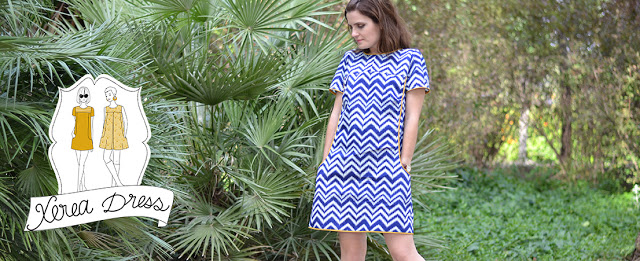 Today let’s talk about the perfect summer dress: the Xerea Dress. Inspired by the 60’s mini dresses, Xerea is easy to sew and easy to wear!
Today let’s talk about the perfect summer dress: the Xerea Dress. Inspired by the 60’s mini dresses, Xerea is easy to sew and easy to wear!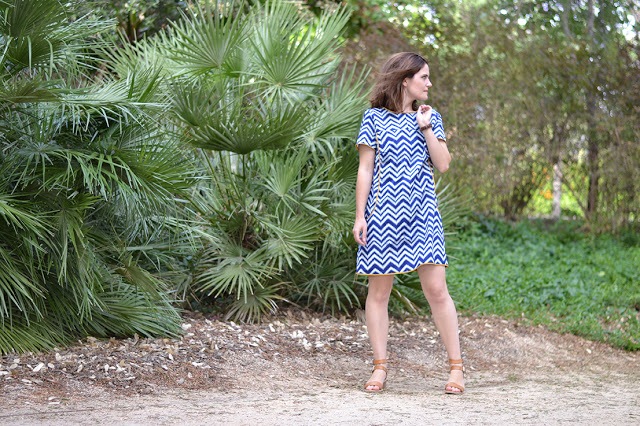 Xerea
Xerea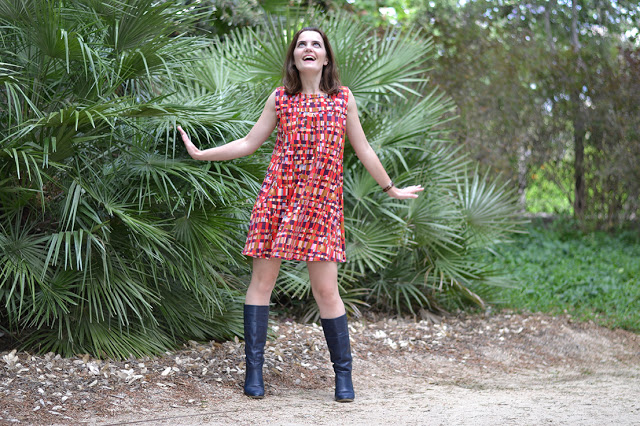 is perfect for beginners and will delight advanced (lazy) seamstresses: no zipper, no buttons. The dress is put on easily thanks to the open back neckline, finished with bias binding.
is perfect for beginners and will delight advanced (lazy) seamstresses: no zipper, no buttons. The dress is put on easily thanks to the open back neckline, finished with bias binding.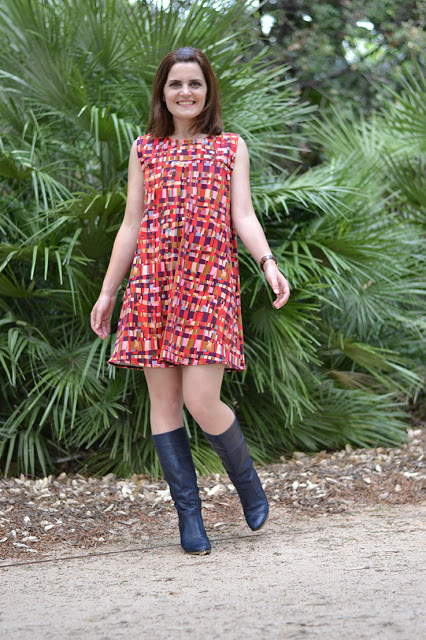 For fabrics, I would recommend fabrics with some drape, in particular if you choose the shift dress.
For fabrics, I would recommend fabrics with some drape, in particular if you choose the shift dress.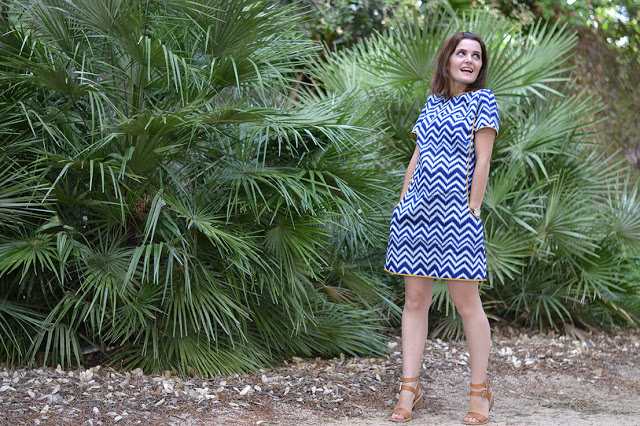
 The yoke design allow you to use contrasting fabric very easily: how about color blocking or lace accents? All the hems are finished with bias binding, make your own with matching fabric for an invisible finish or add some subtle contrast to your dress.
The yoke design allow you to use contrasting fabric very easily: how about color blocking or lace accents? All the hems are finished with bias binding, make your own with matching fabric for an invisible finish or add some subtle contrast to your dress.It feels like yesterday I was releasing the Quart coat and here I am, with a new pattern for you! Well, truth be told, I don’t work super fast, but this new pattern was designed and printed at the same time as the coat, that’s why I’m able to offer it to you so soon.Please welcome the Eliana dress:

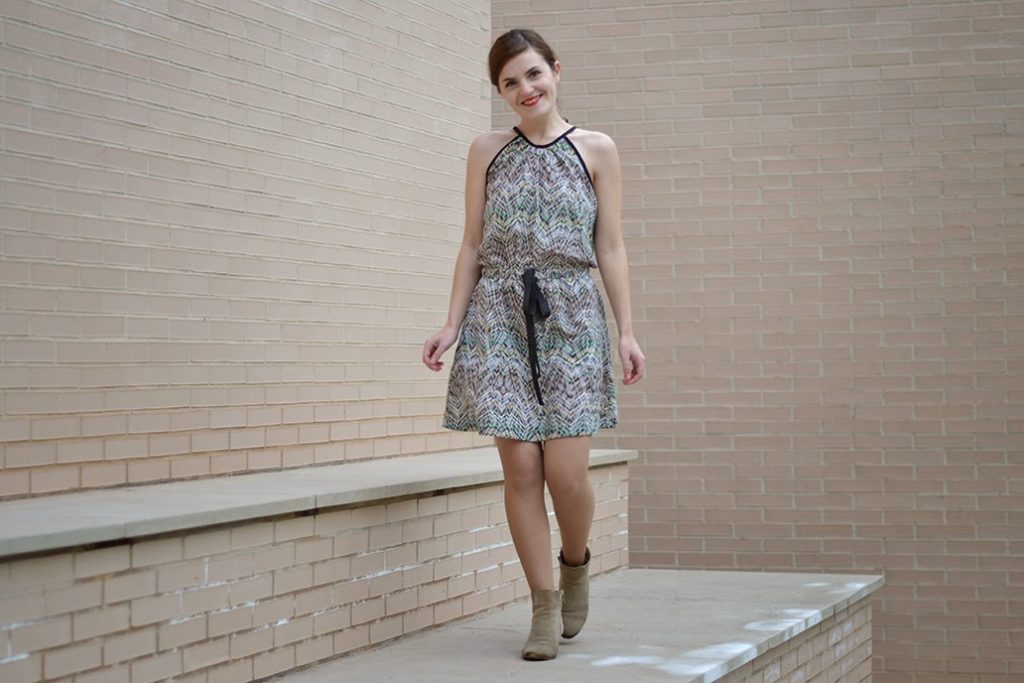 I’ve been making samples with elastic waistband and I loved it so much I knew I needed to design a pattern with that detail. On the Eliana dress, you can choose to have a comfortable elastic encased waistband or add a ribbon to tie the dress around your waist.
I’ve been making samples with elastic waistband and I loved it so much I knew I needed to design a pattern with that detail. On the Eliana dress, you can choose to have a comfortable elastic encased waistband or add a ribbon to tie the dress around your waist.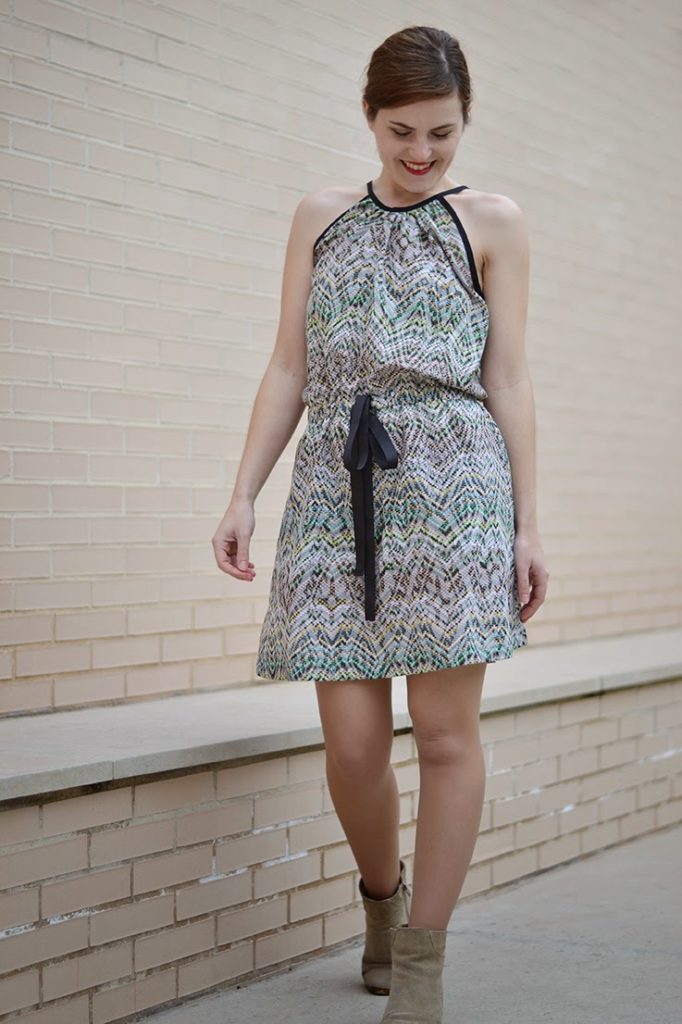
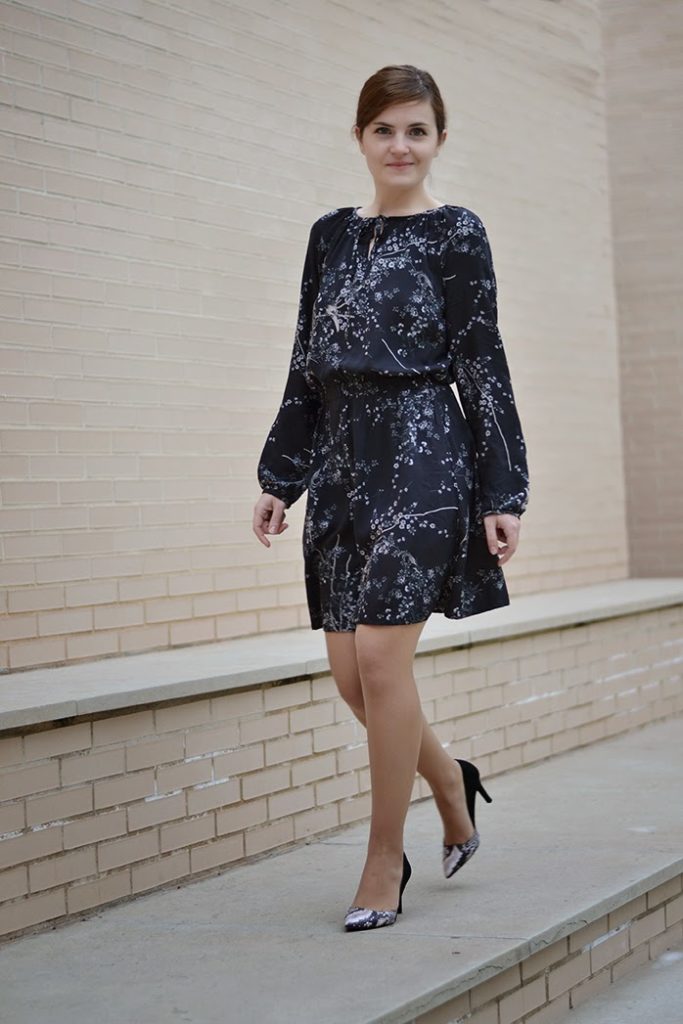
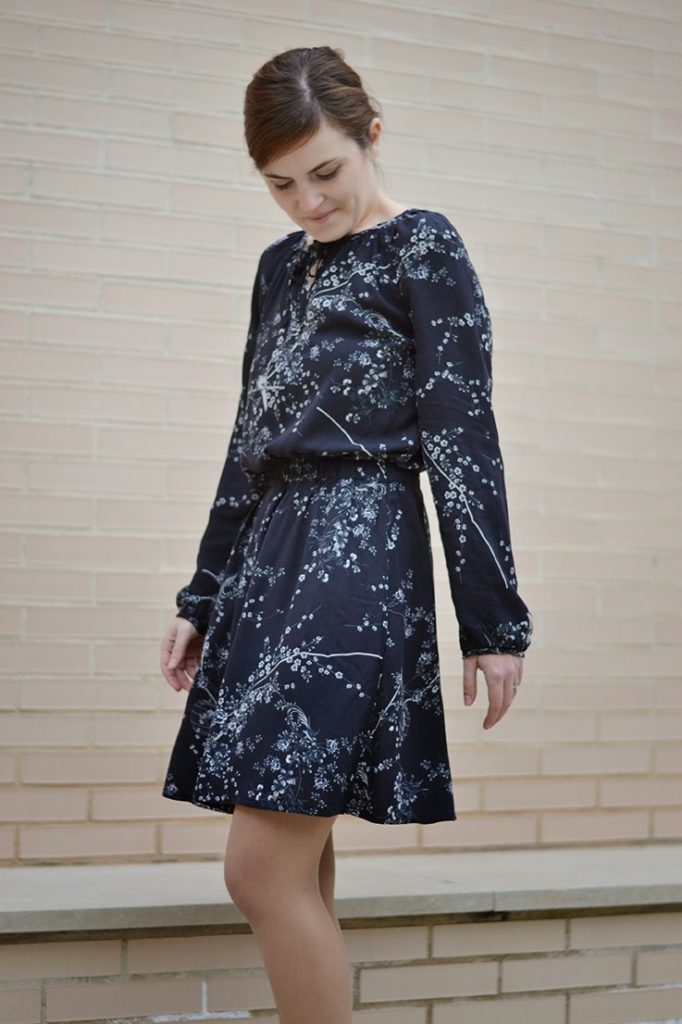
 I hope you like the Eliana dress. Which version is your favourite?
I hope you like the Eliana dress. Which version is your favourite?
 There’s nothing I like more to sew and wear than coats! And more than once I’ve cursed my sunny (and too warm) city because winter is too mild to wear heavy outerwear.
There’s nothing I like more to sew and wear than coats! And more than once I’ve cursed my sunny (and too warm) city because winter is too mild to wear heavy outerwear.
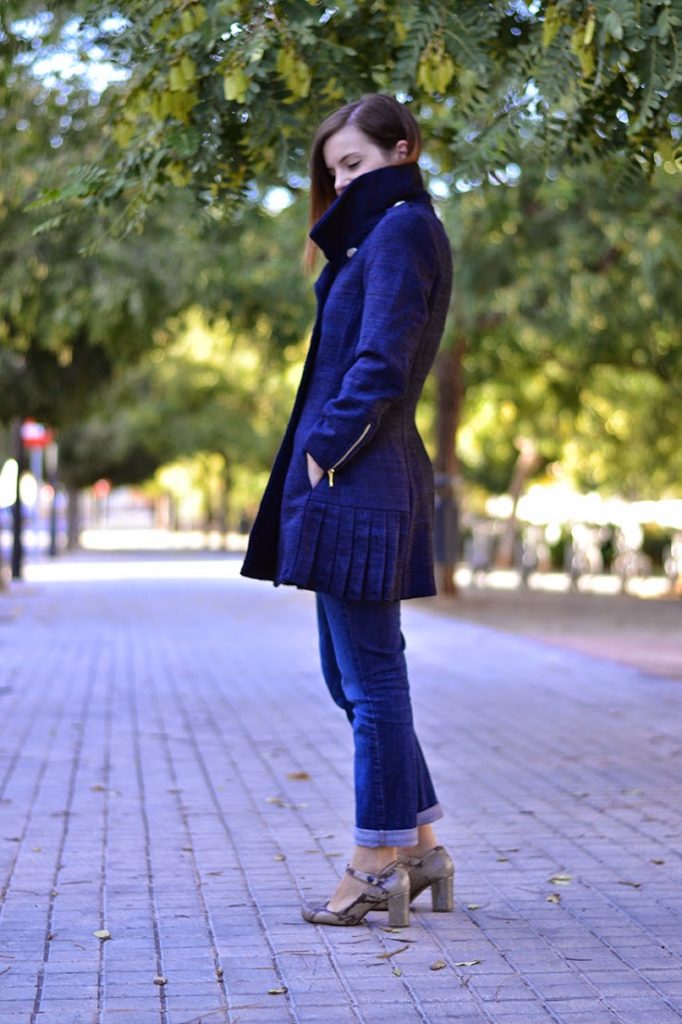 With its high collar, pockets and long zipped sleeves, the Quart coat will protect you from the cold with style. The princess seams will highlight your figure nicely and the pleated side is the perfect girly detail.
With its high collar, pockets and long zipped sleeves, the Quart coat will protect you from the cold with style. The princess seams will highlight your figure nicely and the pleated side is the perfect girly detail.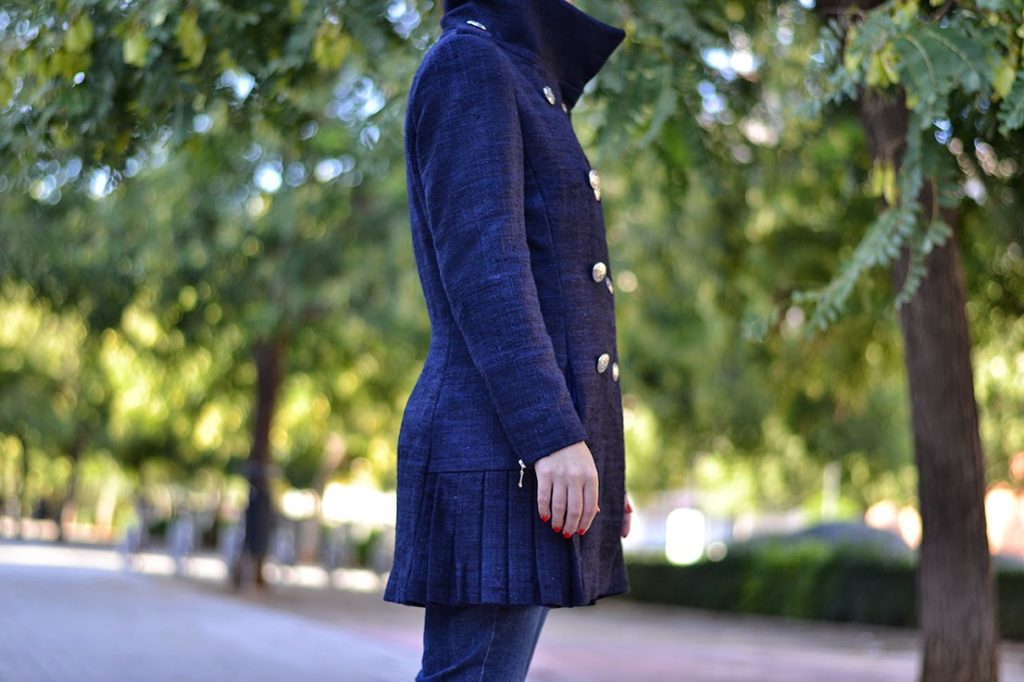

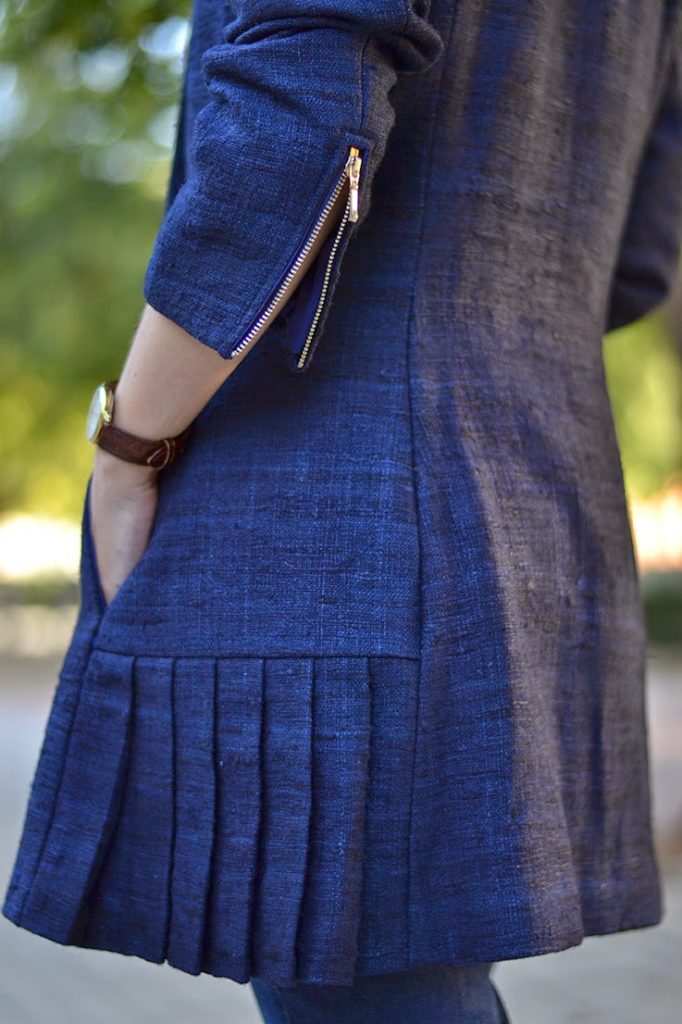 The Quart pattern, with its advanced level, has these small details that will make the intermediate seamstress progress and will please the expert ones (think handstitched interfacing, bound buttonholes, zipped cuffs, epaulettes…).
The Quart pattern, with its advanced level, has these small details that will make the intermediate seamstress progress and will please the expert ones (think handstitched interfacing, bound buttonholes, zipped cuffs, epaulettes…).The glossary on the last page comes back on the terms and techniques essentials to make this pattern. And because it’s starting to be an habit now, I’m already preparing a photo tutorial to follow in depth the Quart coat construction.

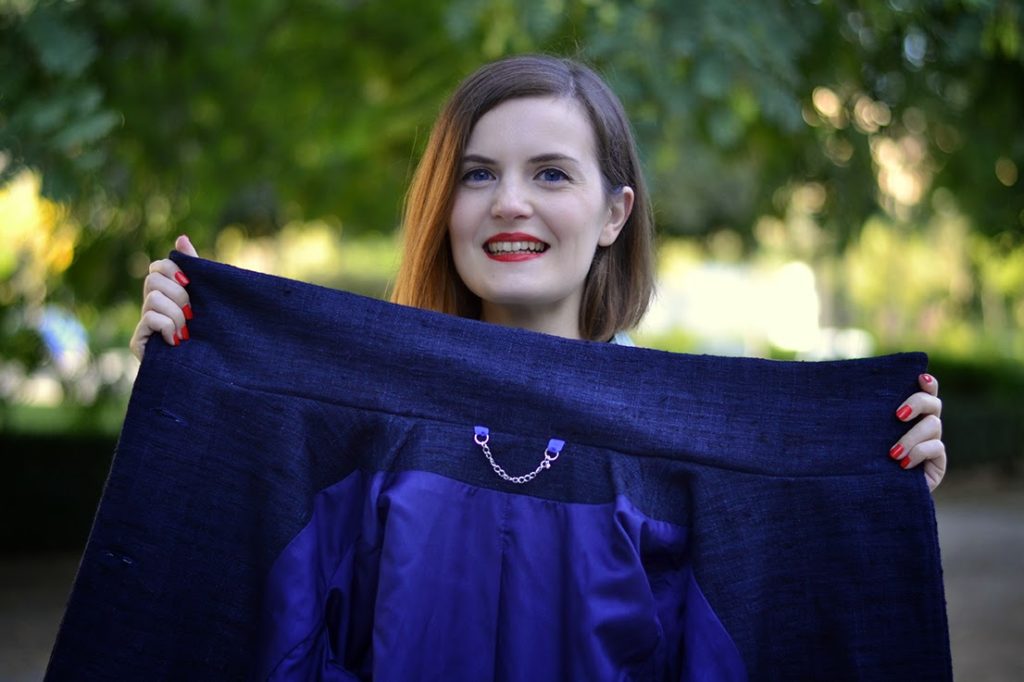 ps: I’d like to remind you that you can take advantage of your order of the printed pattern to receive the new folders for free! If you have pauline alice printed patterns still in their (thin) envelopes, add their names in the comment box when confirming your order and they’ll be sent without any additional cost.
ps: I’d like to remind you that you can take advantage of your order of the printed pattern to receive the new folders for free! If you have pauline alice printed patterns still in their (thin) envelopes, add their names in the comment box when confirming your order and they’ll be sent without any additional cost.
For the last couple of years, every summer has been filled with weddings and it can become quite difficult not to repeat outfits when you don’t want to buy (or in my case, make!) a new dress for every occasion. But at the same time, I love weddings and the opportunity to dress up and wear something with a little bit of extra glamour for one night.
So this is what I wore at 2 weddings this summer, one in France and one here in Valencia last week-end. I took this picture just before leaving for the reception and I’m so embarrased at the horribly wrinkled skirt (the fabric doesn’t press well to my defence).
On a side note, I wore my multicolor Alameda to 1 wedding and a dark blue jumpsuit to 2 weddings. And I still have 1 to go in November so if you have any idea…feel free because I’m quite at a loss as to what to make! Yes 6 weddings just this year!
I used my Cami dress pattern for the bodice and sleeves. I made the 3/4 sleeves without the cuffs and just rolled the ends. As you can see, I just stitched 3 buttons on the bodice as I wanted the neckline to stay open quite low. I didn’t make any other changes to the original pattern.
For the skirt, I drafted a long half-circle skirt with a little bit of gathers at the waist. It took a lot of fabric but the way it flows and moves when I walk is absolutely perfect. And of course I added the pockets from the Camí dress, so practical!
The back is cut on the fold while the front is in two pieces, that way I extended the button placket til mid-thigh. I have to say I had some “Angelina Jolie’s leg” moments 😉
I also made a sash/belt folding the fabric in two. I debated about a contrasting leather belt but at the end, I liked the look of the fabric one better: I think it elongated my petite frame.

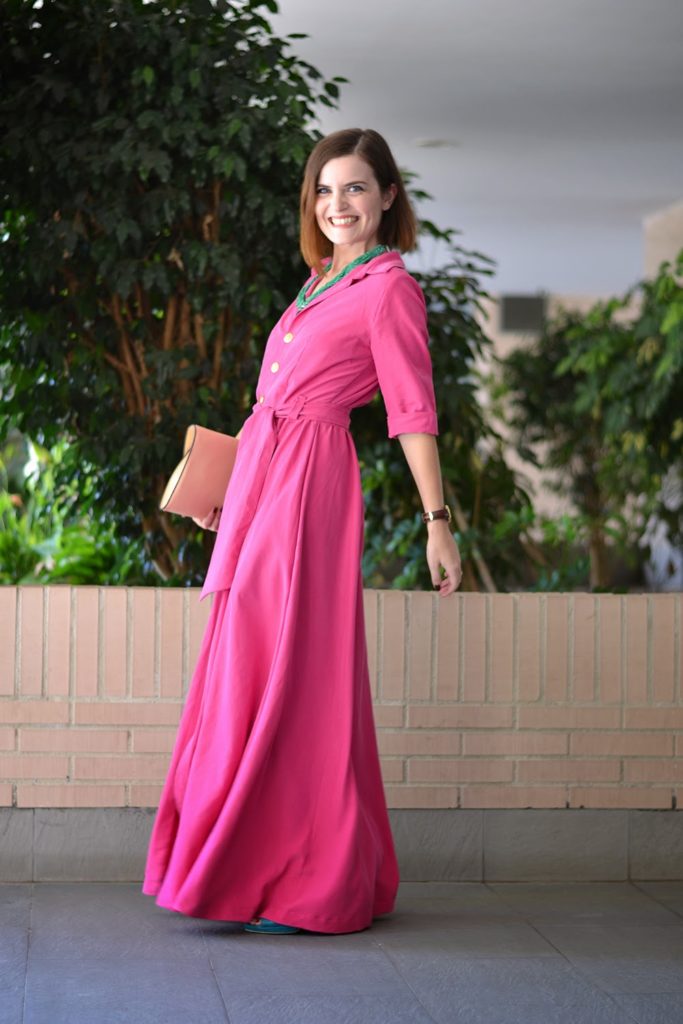
I had a very specific shade of pink in mind for this dress: I call it “capote” pink. “Capote” in spanish is the name of the bullfighting cape, it’s a bright fuscia colour usually with yellow lining. I didn’t go with the yellow lining but I found this twill with peach skin finish in the right shade on sales. The price was really low (I also suspect that it’s because it was a blend) so I grabbed 4m.
I hope you like this variation and that you’ll try it! It’s very easy (you only need a good yardage!) and it makes a dress easy to wear and with impact!
Have a great week! I’ll be in Vicenza for the Abilmente Fair, come say hello if you’re there!
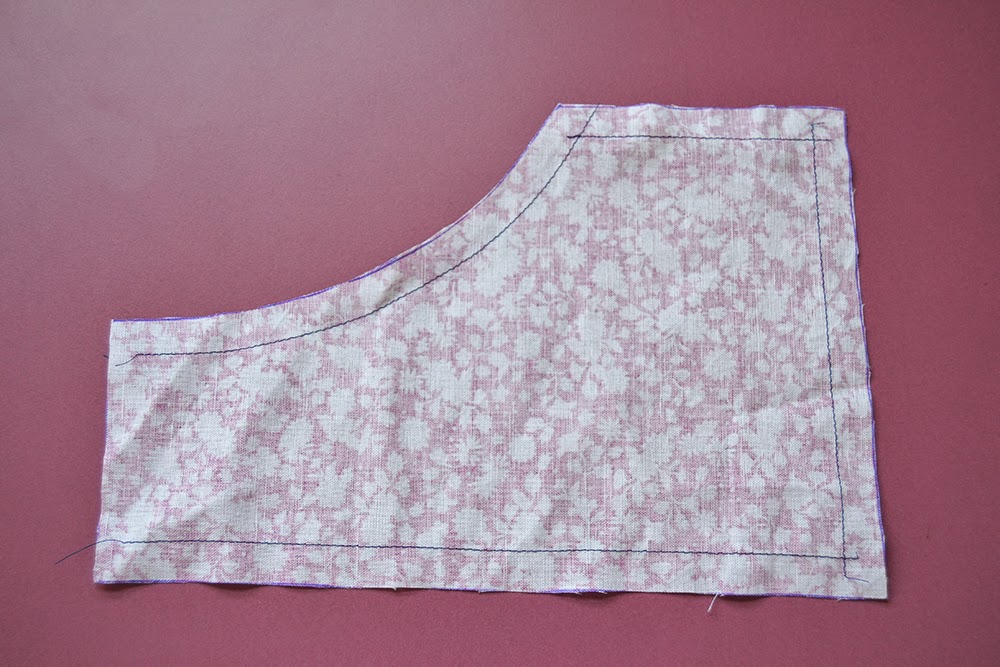 To help you fold the seam allowances in, staystitch all around the front pocket just inside the seam allowance (about 1,2 cm from the edge or 1/2″). You don’t need to staystitch the top edge of the front pocket.
To help you fold the seam allowances in, staystitch all around the front pocket just inside the seam allowance (about 1,2 cm from the edge or 1/2″). You don’t need to staystitch the top edge of the front pocket. Clip the seam allowance of pocket opening: that’s the curved edge. Be careful not to cut the stitches!
Clip the seam allowance of pocket opening: that’s the curved edge. Be careful not to cut the stitches!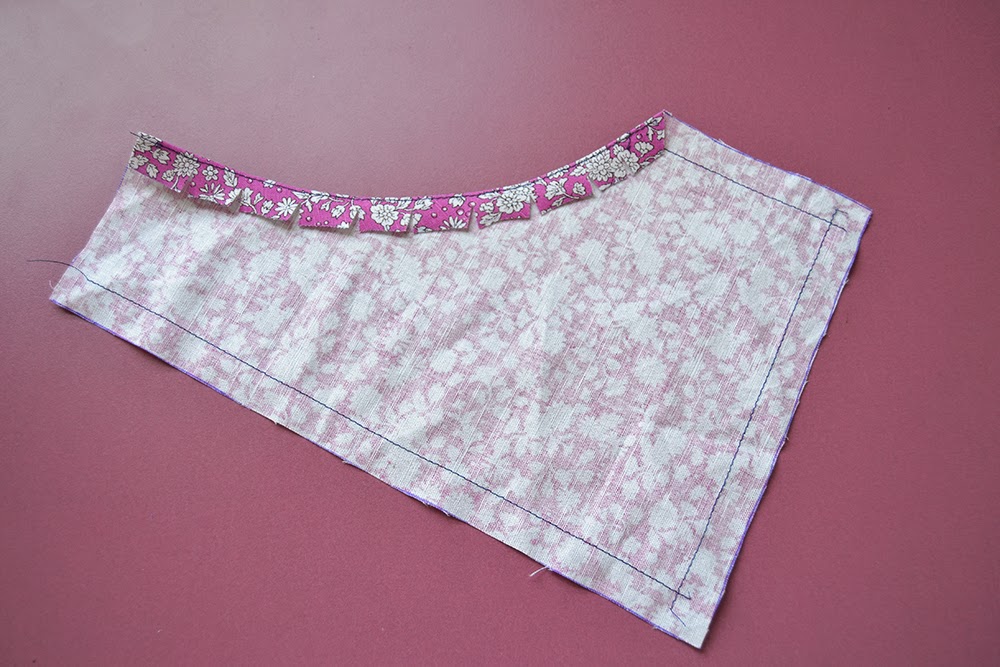 Fold the seam allowance to the inside and press.
Fold the seam allowance to the inside and press. Stitch two rows of topstitching along the curved edge. Here is how I like to sew my topstitching so that the distance between the rows is always the same:
Stitch two rows of topstitching along the curved edge. Here is how I like to sew my topstitching so that the distance between the rows is always the same:
 I like to stitch the first row about 3 mm (1/8″) from the edge. Then I like to place the edge of the needle plate against the first stitching line and follow it (that’s roughly 8 mm or 5/16″).
I like to stitch the first row about 3 mm (1/8″) from the edge. Then I like to place the edge of the needle plate against the first stitching line and follow it (that’s roughly 8 mm or 5/16″).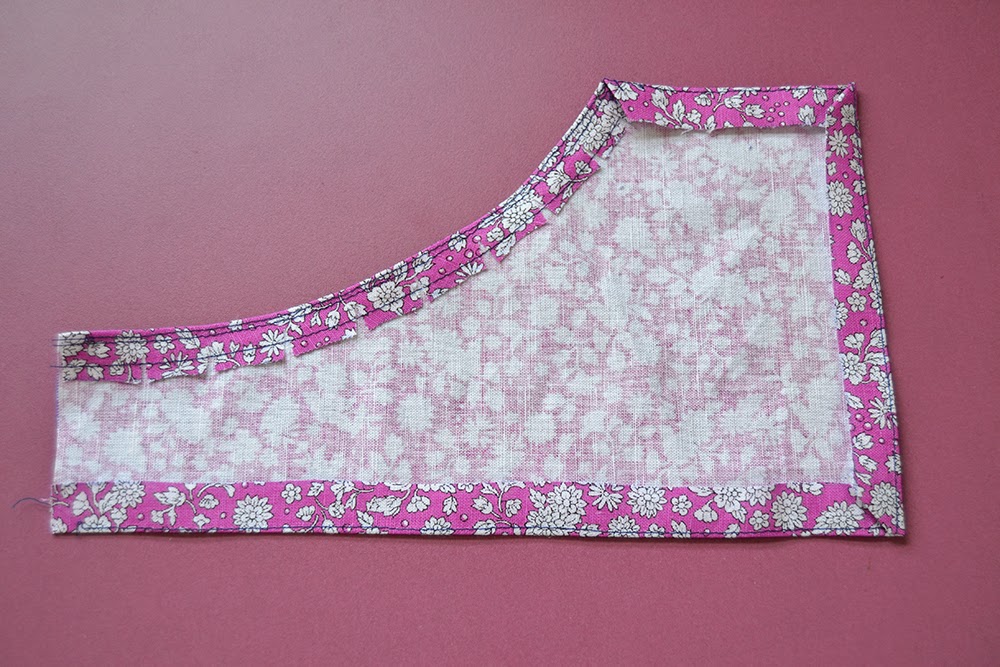 Fold the sides and bottom seam allowances along the staystitch. Make sure the staystitching line is on the inside of the seam allowances.
Fold the sides and bottom seam allowances along the staystitch. Make sure the staystitching line is on the inside of the seam allowances.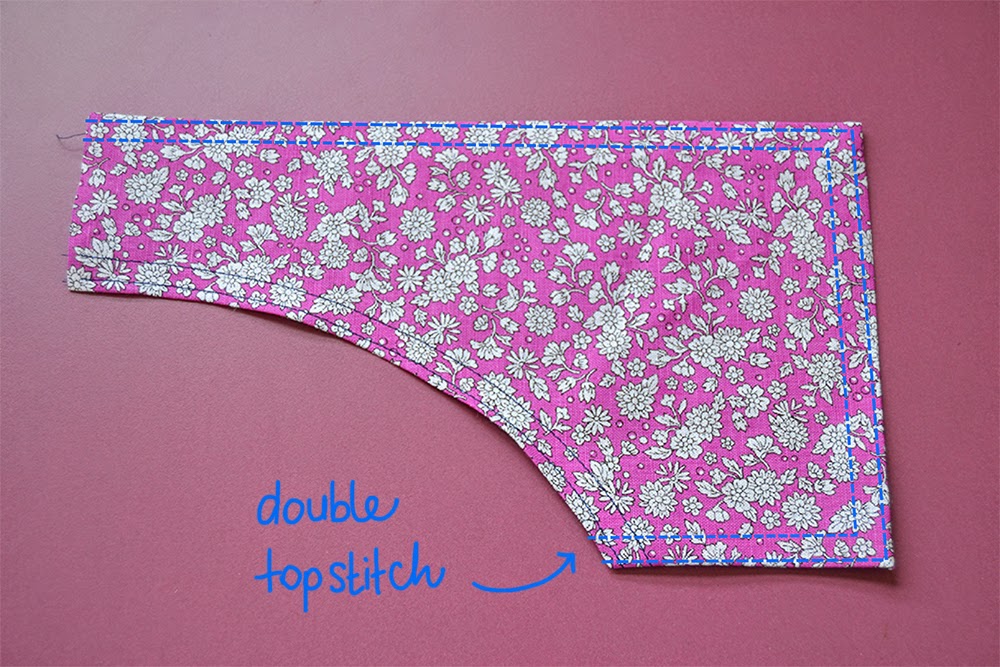 Place the pocket on the dungarees front piece, matching the marks and pin it in place. The top edges of the pocket and the front piece should match. Then stitch two rows of topstitching along the sides and bottom, leaving the curved and top edges open.
Place the pocket on the dungarees front piece, matching the marks and pin it in place. The top edges of the pocket and the front piece should match. Then stitch two rows of topstitching along the sides and bottom, leaving the curved and top edges open.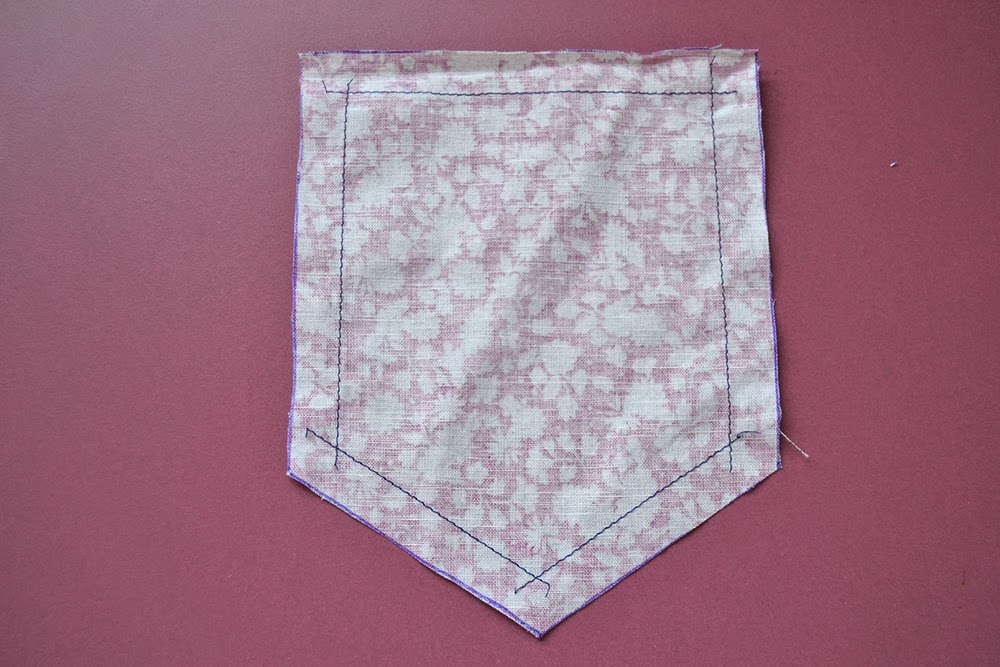 Staystitch all around the front pocket just inside the seam allowance (about 1,2 cm from the edge or 1/2″).
Staystitch all around the front pocket just inside the seam allowance (about 1,2 cm from the edge or 1/2″).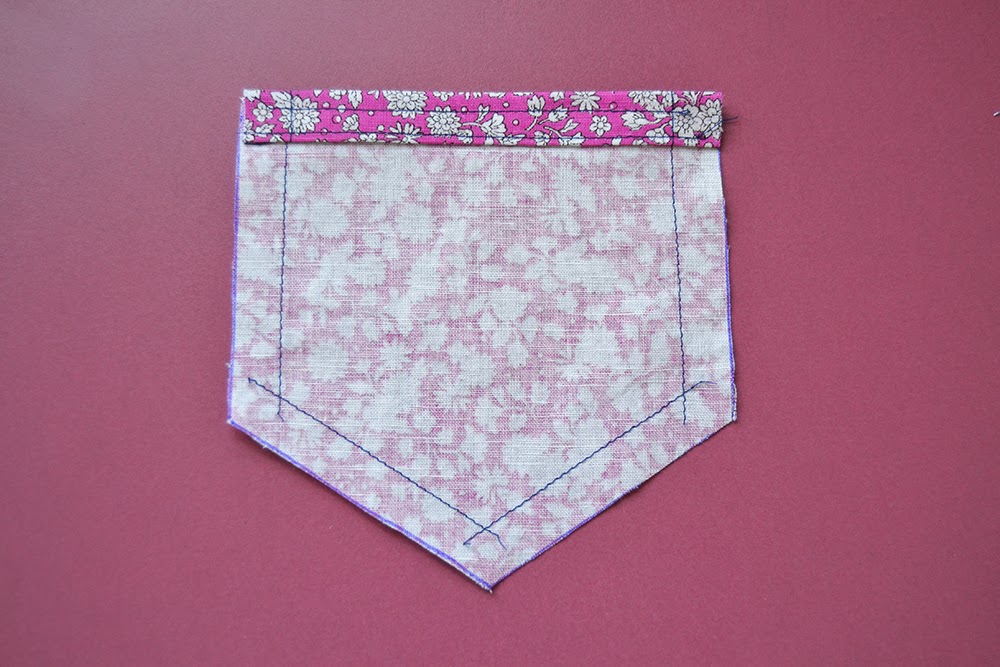
 Turn the top edge along the staystitch, press. Fold again and stitch two rows of topstitching.
Turn the top edge along the staystitch, press. Fold again and stitch two rows of topstitching.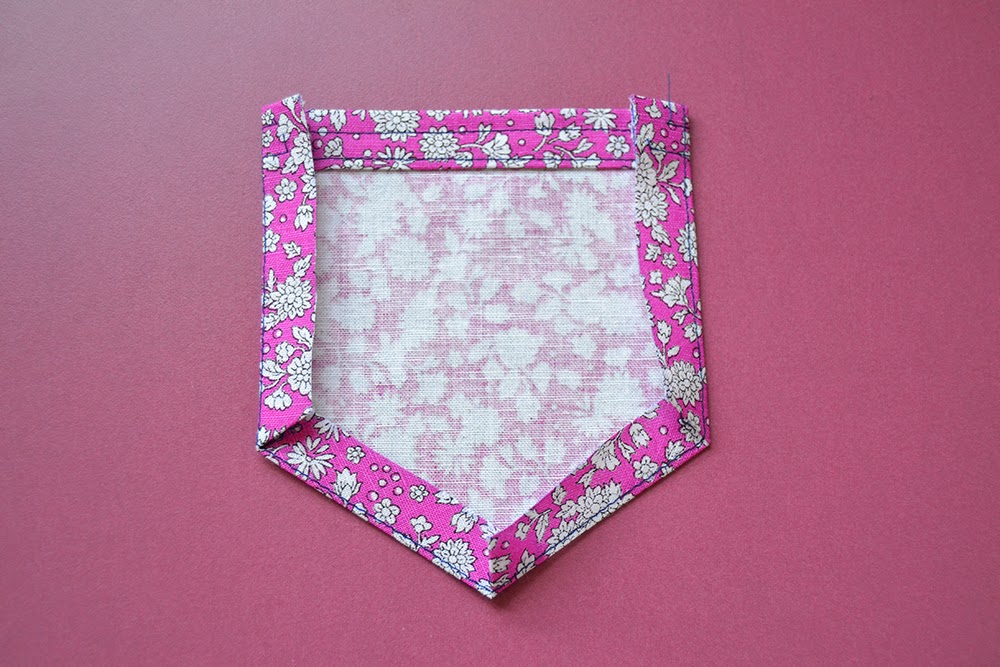 Fold the sides and bottom seam allowances along the staystitch. Make sure the staystitching line is on the inside of the seam allowances. Press.
Fold the sides and bottom seam allowances along the staystitch. Make sure the staystitching line is on the inside of the seam allowances. Press.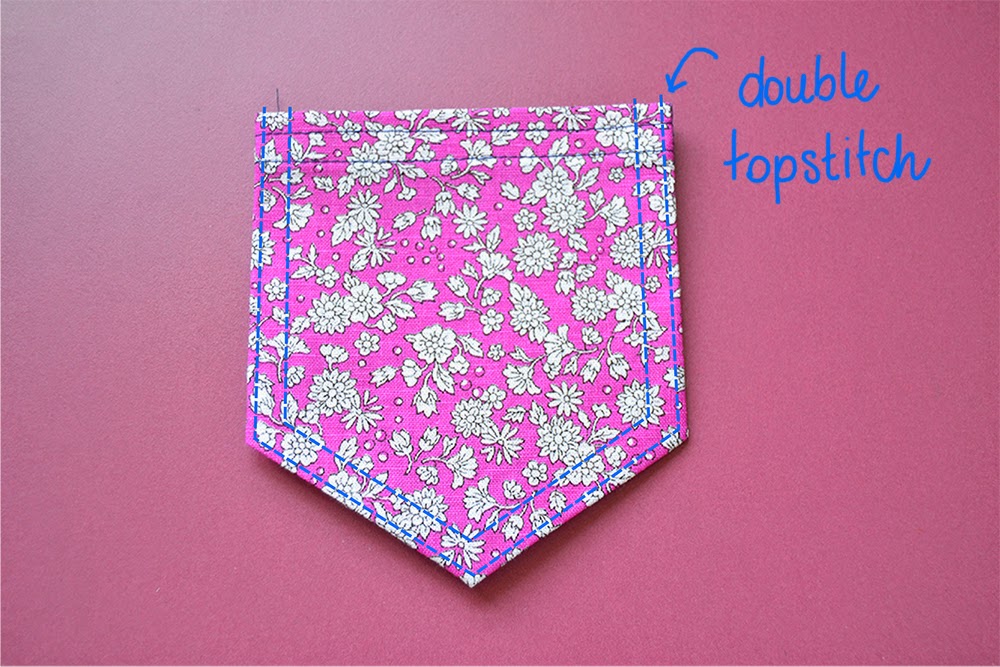 Place the pocket on the dungarees back piece, matching the marks and pin it in place. Then stitch two rows of topstitching along the sides and bottom, leaving the top edge open.
Place the pocket on the dungarees back piece, matching the marks and pin it in place. Then stitch two rows of topstitching along the sides and bottom, leaving the top edge open.
Let’s meet on Saturday for the last step of the #AlamedaSewAlong!


 The sizing of the pattern is good but I found it a little big. According to the measurements, I cut a size XS (and didn’t make a muslin, silly me) but when I tried it on, it was large both at the hips and at the waist (it’s supposed to sit at the natural waist). I remember reading reviews saying the same. I stitched 1,5 cm seam allowances all over instead of the 1 cm included in the pattern. But I think I’ll just cut the XXS size next time as it’s still a little big (it’s the first time I’ve entered into such a small size haha). I would also make them a little bit shorter, but that’s a personal preference. But these are such easy changes that I can only say the best about this pattern (and it’s really my fault as I could have avoided that by making a muslin).
The sizing of the pattern is good but I found it a little big. According to the measurements, I cut a size XS (and didn’t make a muslin, silly me) but when I tried it on, it was large both at the hips and at the waist (it’s supposed to sit at the natural waist). I remember reading reviews saying the same. I stitched 1,5 cm seam allowances all over instead of the 1 cm included in the pattern. But I think I’ll just cut the XXS size next time as it’s still a little big (it’s the first time I’ve entered into such a small size haha). I would also make them a little bit shorter, but that’s a personal preference. But these are such easy changes that I can only say the best about this pattern (and it’s really my fault as I could have avoided that by making a muslin).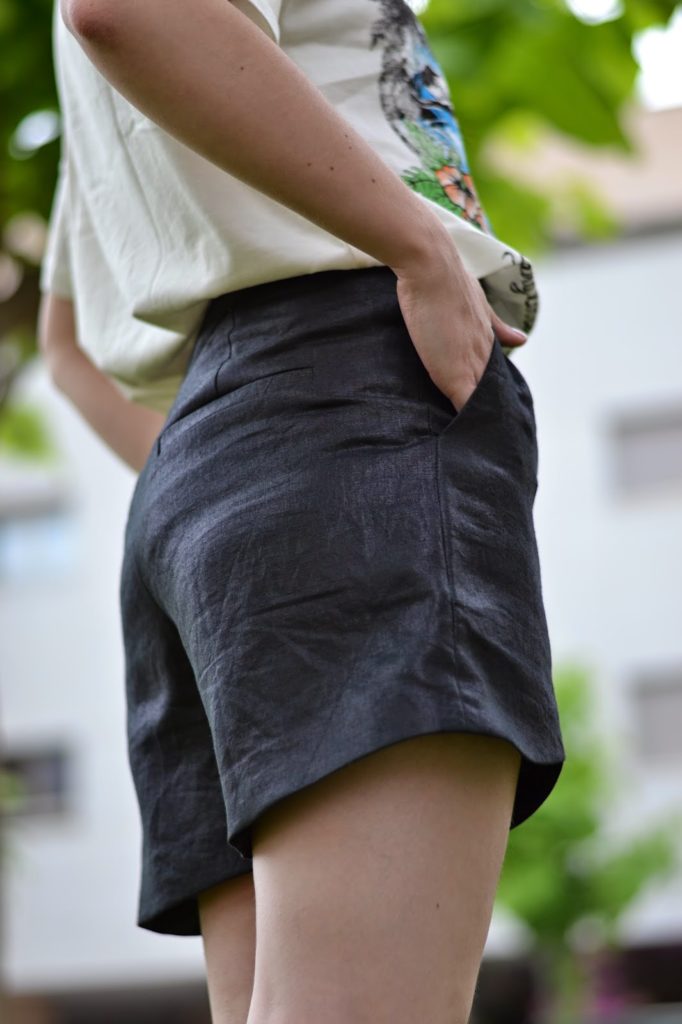 The instructions are clear (the welt pocket lining could be easier, if you have never made one, take your time and check their online tutorial). I made false welt pockets as I didn’t want to add bulk to the back and I knew I wouldn’t use these pockets anyway.
The instructions are clear (the welt pocket lining could be easier, if you have never made one, take your time and check their online tutorial). I made false welt pockets as I didn’t want to add bulk to the back and I knew I wouldn’t use these pockets anyway.
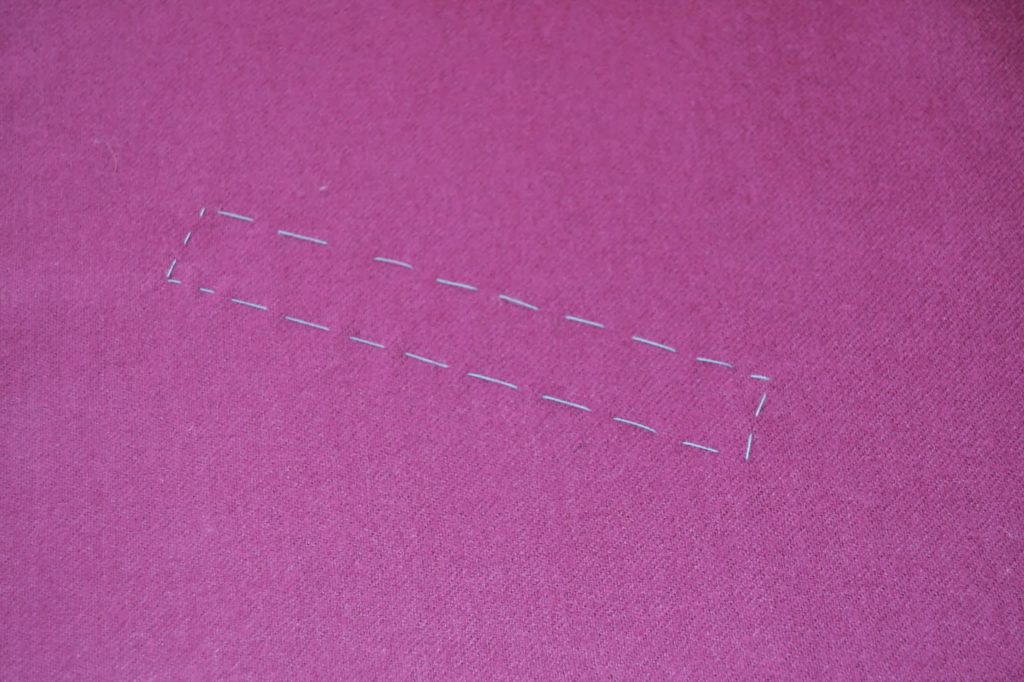
2.Baste around the pocket opening.
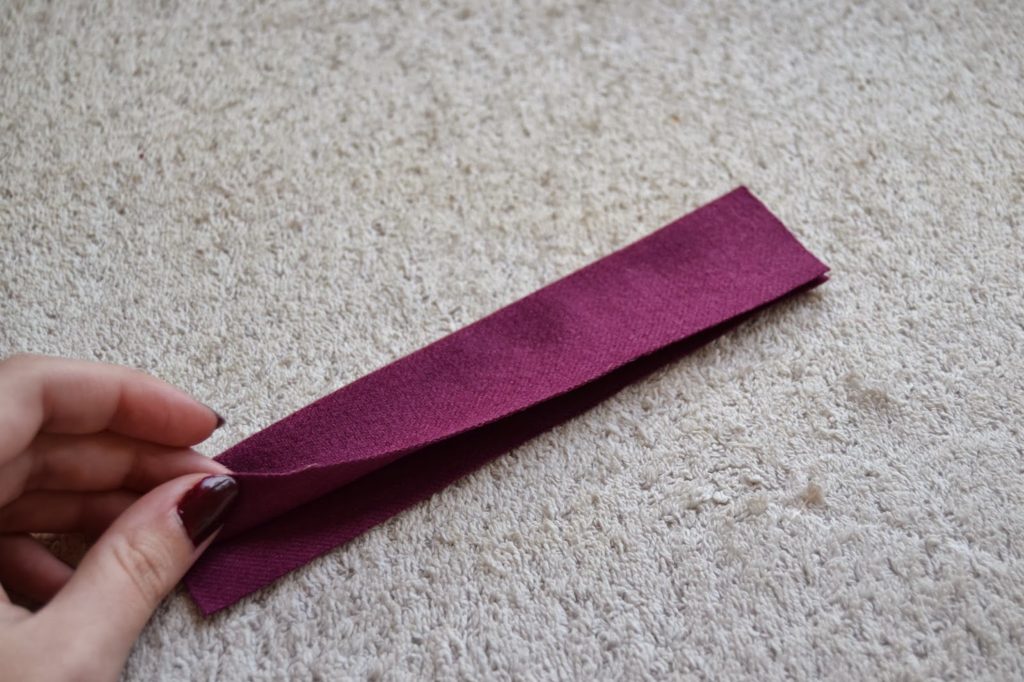
 3.Fold the welt piece in two with wrong sides together. Baste it at 1,5 cm (5/8″) from the outer edge.
3.Fold the welt piece in two with wrong sides together. Baste it at 1,5 cm (5/8″) from the outer edge. 6.With right side facing down (and the pocket upside down), pin the pocket facing to the pocket opening matching the basted lines. Stitch over the basted line, starting and ending 1,5 cm (5/8″) from the edges.
6.With right side facing down (and the pocket upside down), pin the pocket facing to the pocket opening matching the basted lines. Stitch over the basted line, starting and ending 1,5 cm (5/8″) from the edges.